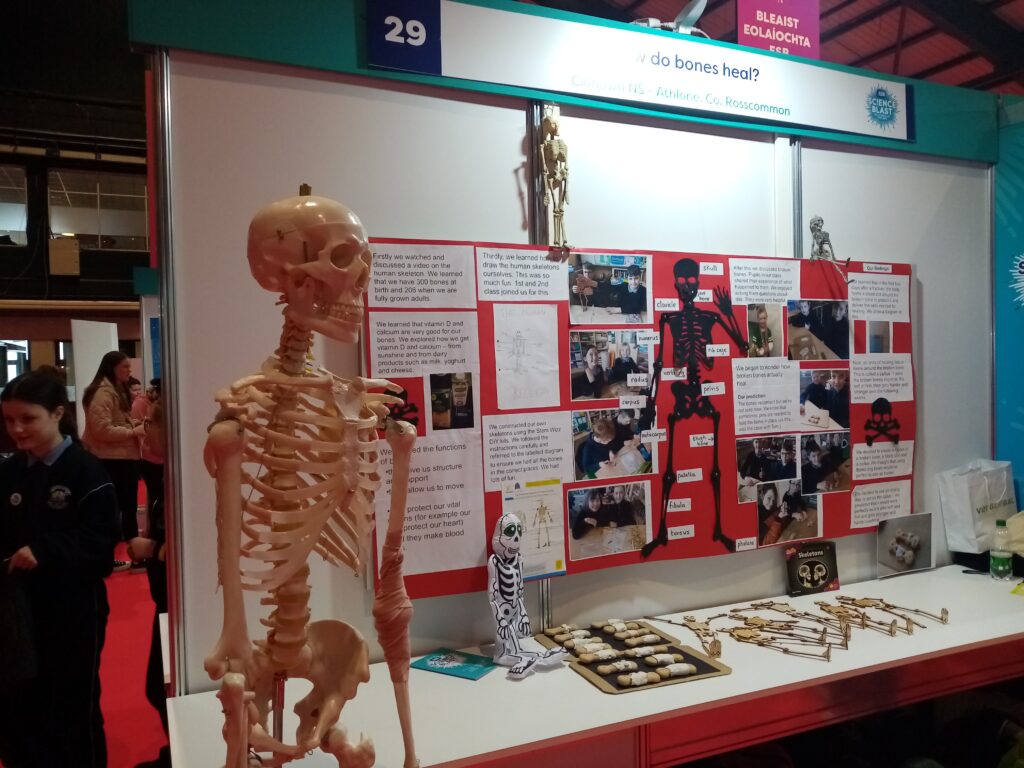Well done and congratulations to our pupils who attended Science Blast in the RDS, Dublin today. They presented their project on ‘How Broken Bones Heal’ to the judge and to other passers by at their stand. We got great feedback on the project and on how well the children presented it.
We had a brilliant day at this non-competitive event. We enjoyed the Science shows and loved looking at all the other Science projects on display. This was our 5th year in a row to take part in Science Blast. We’ll definitely be back again next year.
(See project below).




This year our Science Blast question was
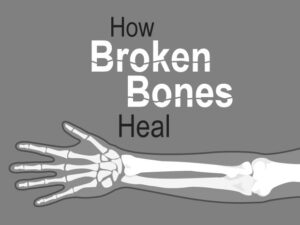 :
:
We learned that we have 300 bones at birth and 206 when we are fully grown adults.
We learned that vitamin D and calcium are very good for our bones. We explored how we get vitamin D and calcium – from sunshine and from dairy products such as milk, yoghurt and cheese.

Next we studied a labelled diagram of the human skeleton in the Curam Teachers in Residence booklet. This helped us to revise the names of our bones. We learned the functions of bones:
- they give us structure and support
- they allow us to move
- they protect our vital organs (for example our ribs protect our heart)
- and they make blood cells.
Thirdly, we learned how to draw the human skeletons ourselves. This was so much fun. 1st and 2nd class joined us for this.

We constructed our own skeletons using the Stem Wizz DIY kits. We followed the instructions carefully and referred to the labelled diagram to ensure we had all the bones in the correct places. We had lots of fun.
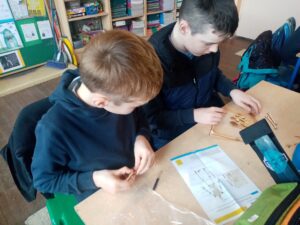
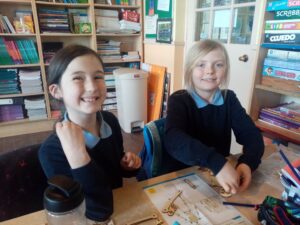


We played a great game that tested you on your knowledge of the bones!
https://www.purposegames.com/game/label-the-skeleton-game
After this we discussed broken bones. Pupils in our class shared their experience of what happened to them. We enjoyed asking them questions about this. They were very helpful.

We began to wonder how broken bones actually heal.
Our prediction:
The bones reconnect but we’re not sure how. We know that sometimes pins are needed to hold the bone in place (as this was the case with Tom.)
Our findings:
We used a really good website called KidsHealth to explore broken bones.
https://kidshealth.org/en/kids/broken-bones.html
We learned that in the first few days after a fracture, the body forms a blood clot around the broken bone to protect it and deliver the cells needed for healing. We drew a diagram of this.
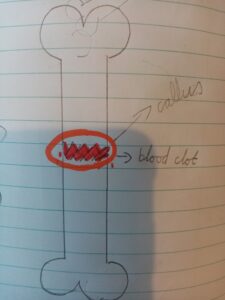
Next, an area of healing tissue forms around the broken bone. This is called a callus. It joins the broken bones together. It’s soft at first, then gets harder and stronger over the following weeks.
We decided to create a model of a broken bone, a blood clot and a callus. We thought that using Bonio dog treats would be perfect to use as bones! We decided to use air-drying clay to act as the callus – we predicted that it would work perfectly as it is also soft and first and gets stronger and harder overtime.

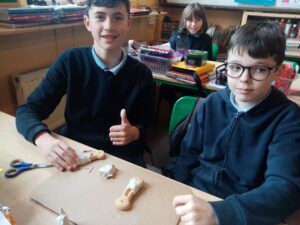
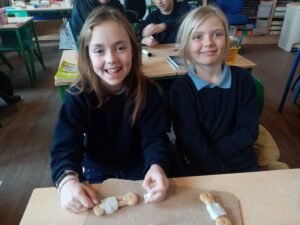

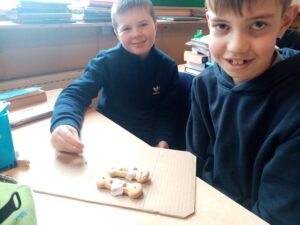

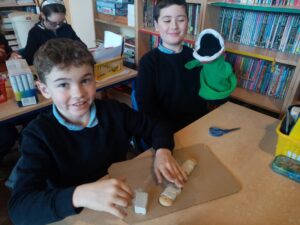
We hope you enjoyed our project. We had so much fun doing it.
In our next Science lessons we will explore the muscles and tendons in our bodies.
